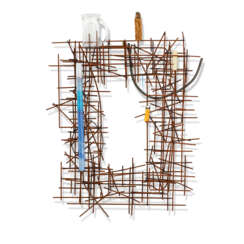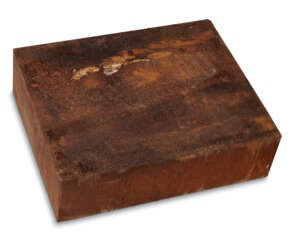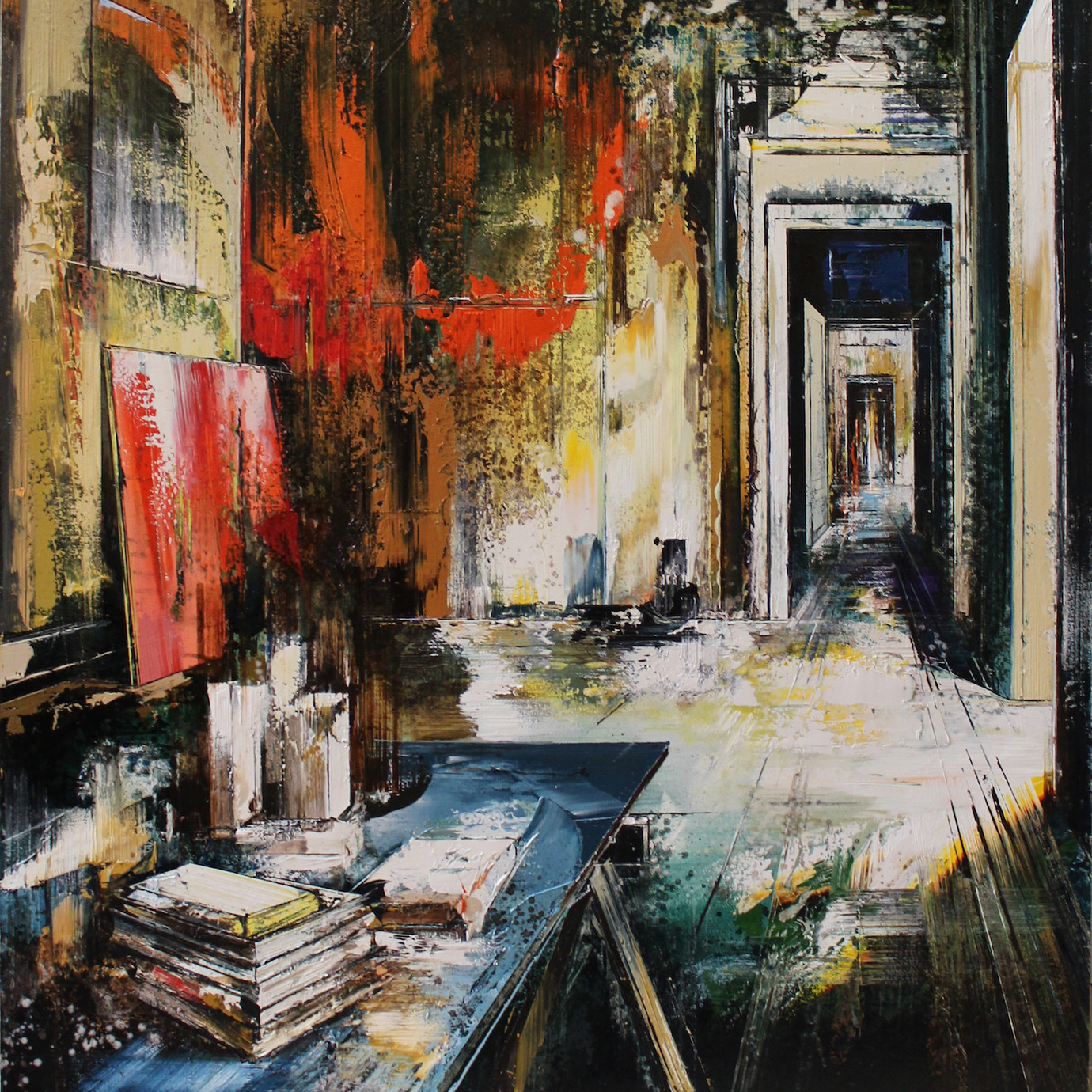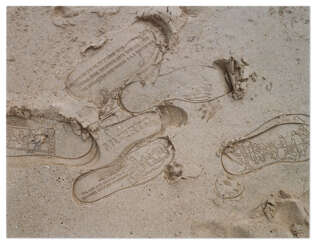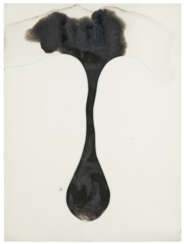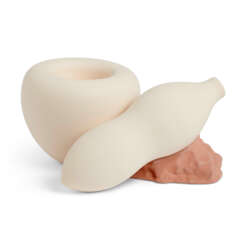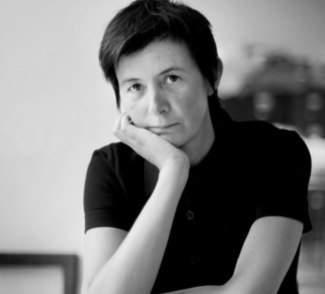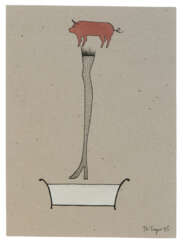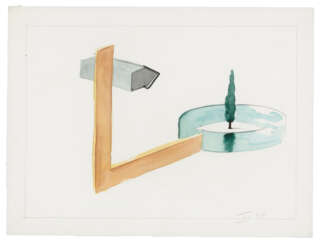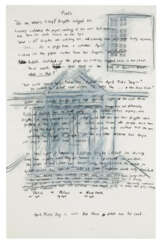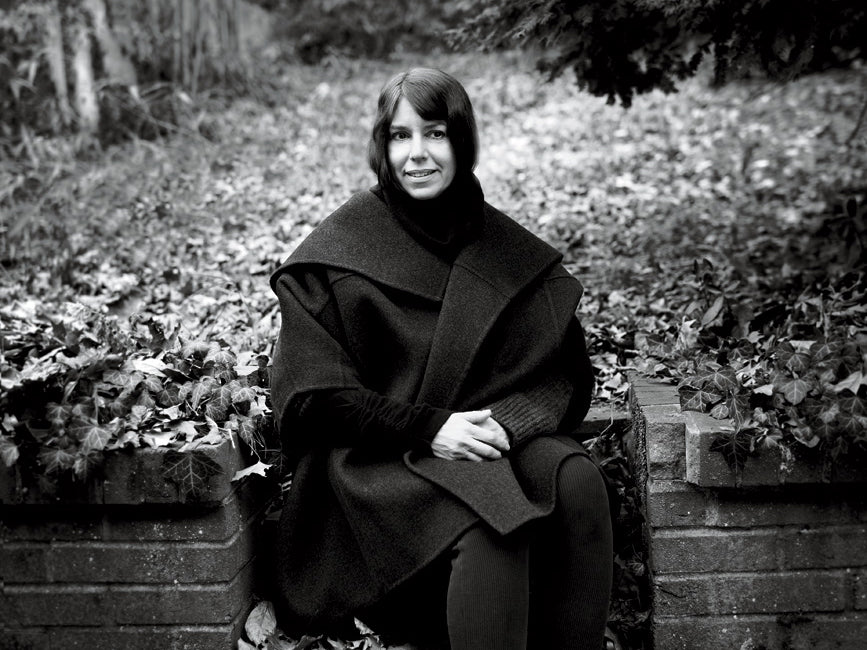
Le Jeune, A Collecting Legacy: The London No Reserve Edit
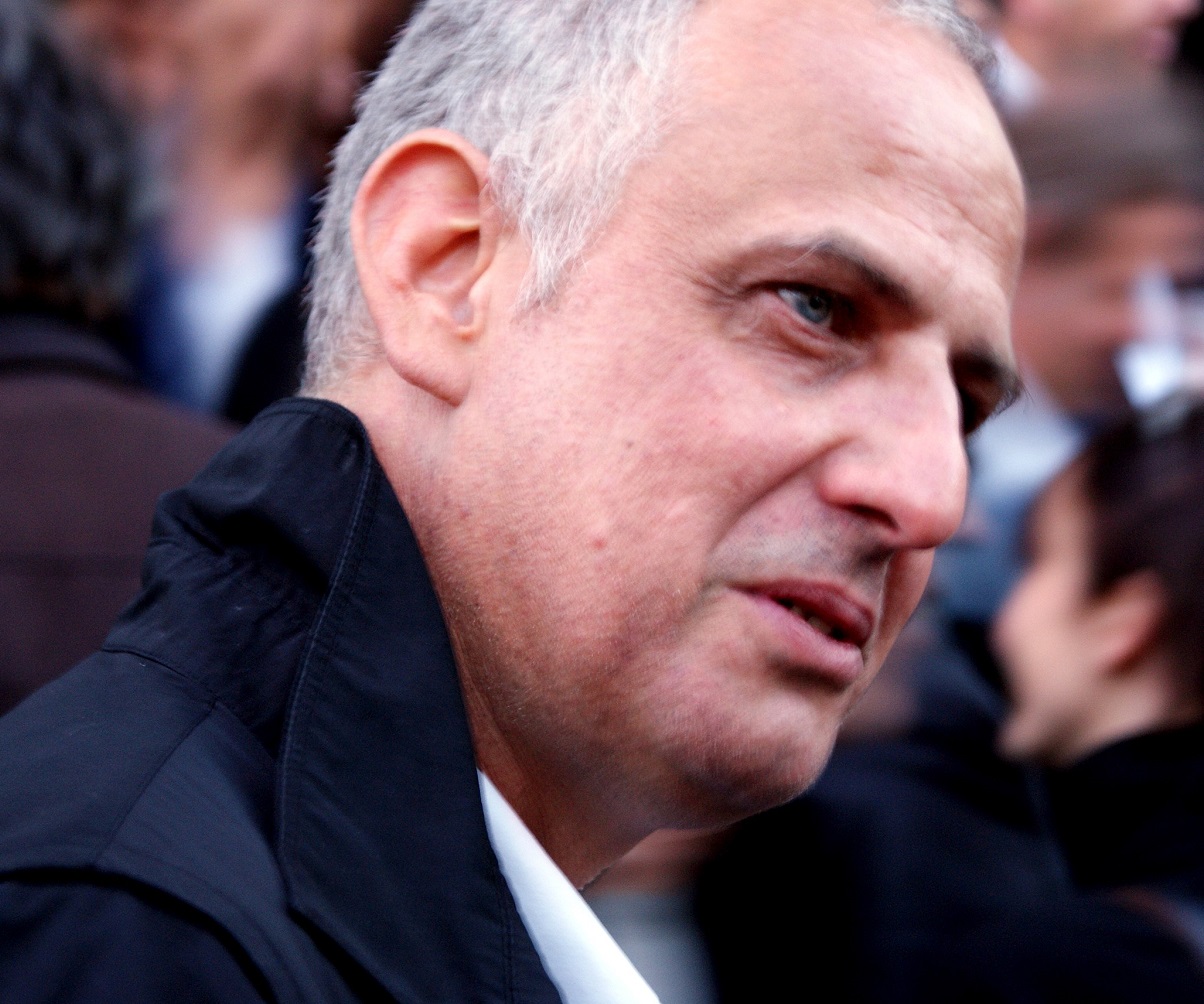
Luc Tuymans is a Belgian visual artist best known for his paintings which explore people's relationship with history and confront their ability to ignore it. World War II is a recurring theme in his work. He is a key figure of the generation of European figurative painters who gained renown at a time when many believed the medium had lost its relevance due to the new digital age.
Much of Tuymans' work deals with moral complexity, specifically the coexistence of «good» and «evil». His subjects range from major historical events such as the Holocaust to the seemingly inconsequential or banal: wallpaper, Christmas decorations or everyday objects for example.
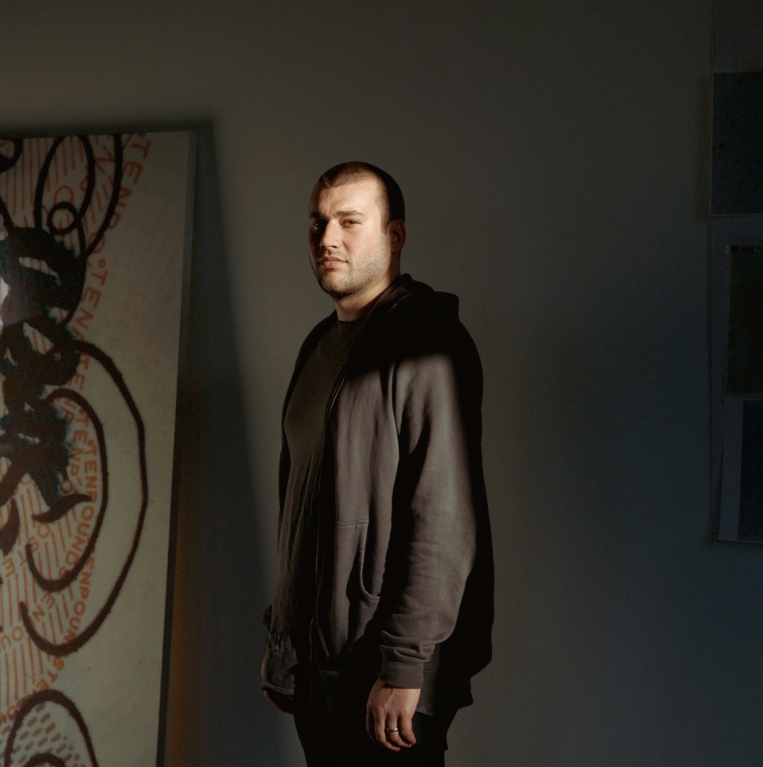
Hugh Scott-Douglas is a contemporary British-born American artist. He is known for his innovative use of photography and printmaking techniques to create works that explore the relationships between image, technology, and culture.
Scott-Douglas's work often incorporates found images from popular culture, which he manipulates through various digital and analog processes to create abstract, layered compositions. He has also experimented with printing techniques such as halftone and silkscreen, which further emphasize the mechanical and reproductive nature of the image.
Hugh Scott-Douglas has exhibited his work internationally, including at the Museum of Modern Art in New York, the Tate Britain in London, and the Art Gallery of Ontario in Toronto. He currently lives and works in New York City.
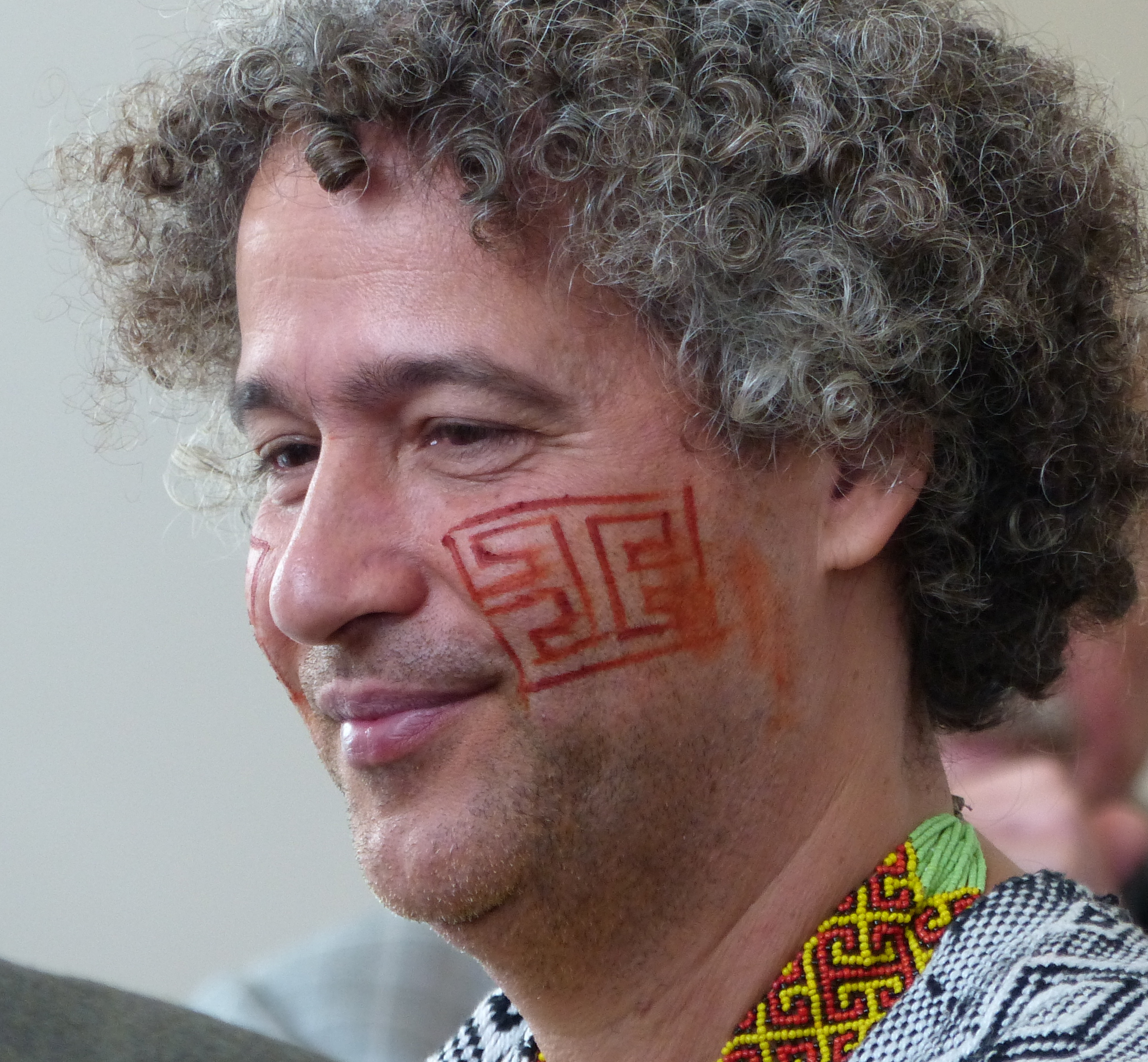
Ernesto Saboia de Albuquerque Neto is a contemporary visual artist. Ernesto Neto began exhibiting in Scotland in 1988 and has had solo exhibitions abroad since 1995. Neto's work has been described as "beyond abstract minimalism". His installations are large, soft, biomorphic sculptures that fill an exhibition space that viewers can touch, poke, and walk on or through. They are made of white, stretchy material—amorphous forms stuffed with Styrofoam pellets or, on occasion, aromatic spices. In some installations, he has also used this material to create translucent scrims that transform the space's walls and floor. His sculptures can be regarded as expression of traditional abstract form, but in their interaction with the viewer, they work on another level as well.
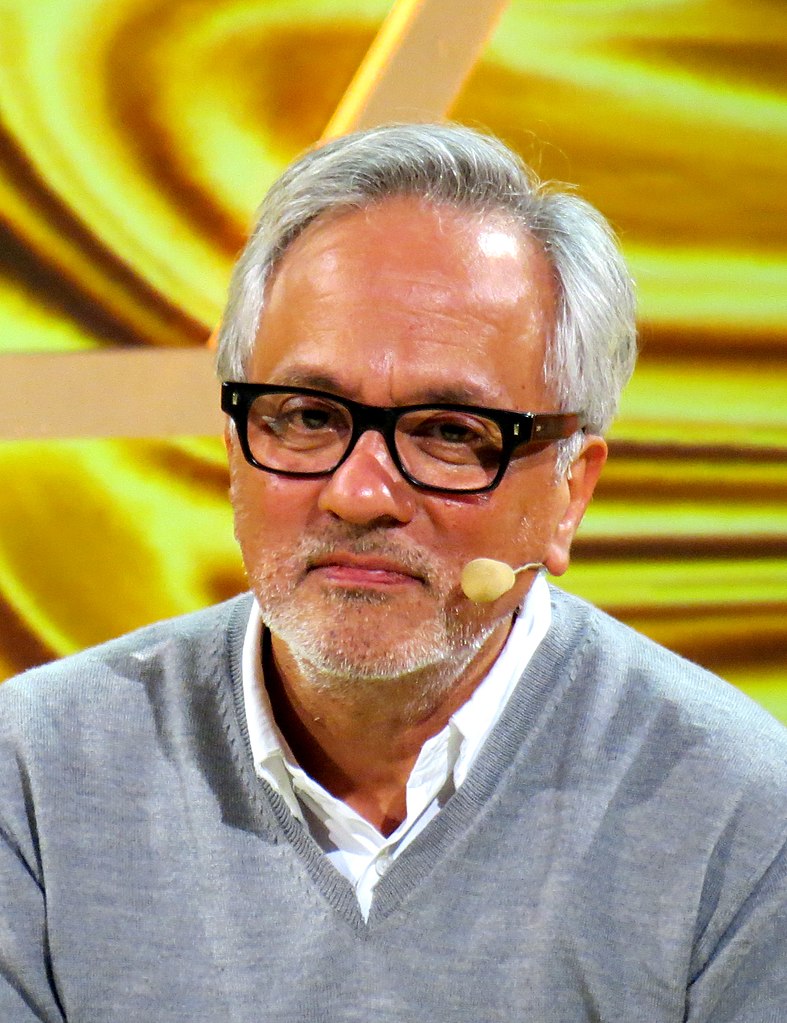
Anish Kapoor is a British-Indian sculptor specializing in installation art and conceptual art.
Kapoor became known in the 1980s for his geometric or biomorphic sculptures using simple materials such as granite, limestone, marble, pigment and plaster. These early sculptures are frequently simple, curved forms, usually monochromatic and brightly coloured, using powder pigment to define and permeate the form.
Since 1995, he has worked with the highly reflective surface of polished stainless steel. These works are mirror-like, reflecting or distorting the viewer and surroundings. Over the course of the following decade Kapoor's sculptures ventured into more ambitious manipulations of form and space.
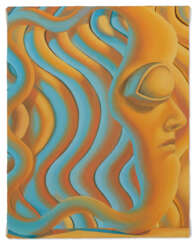



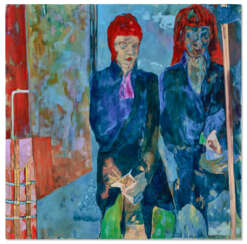

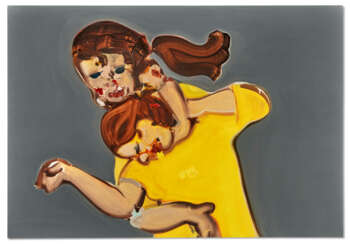





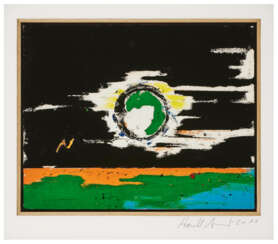

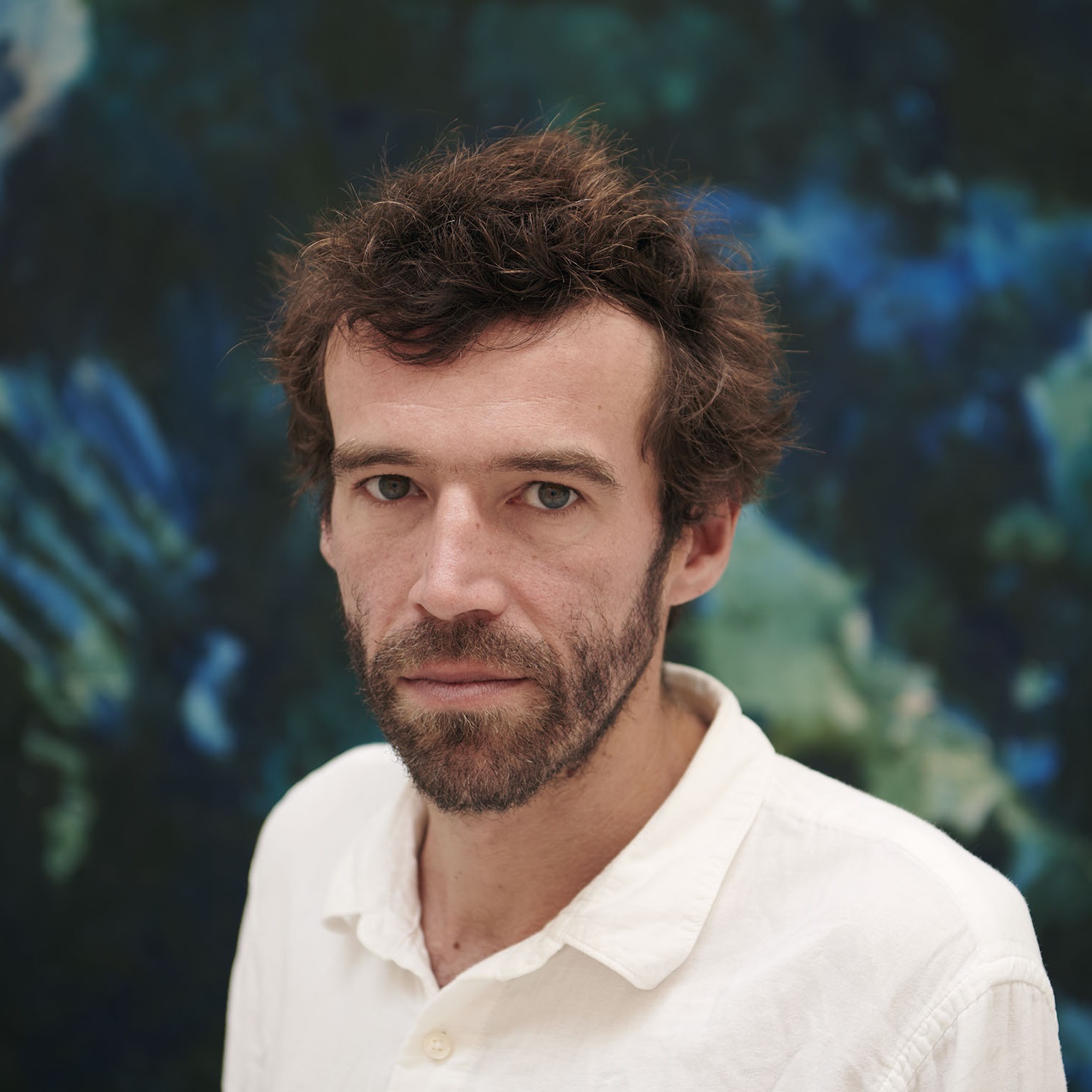


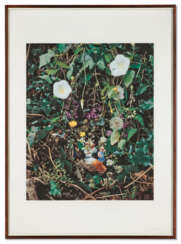

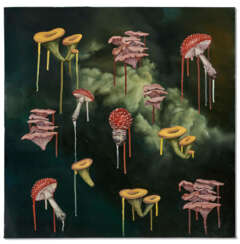



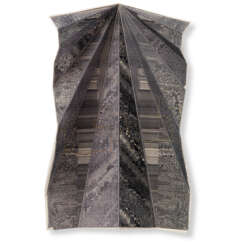

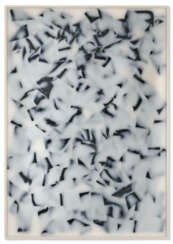

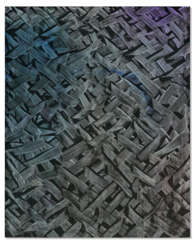



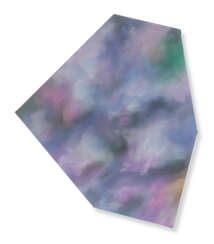





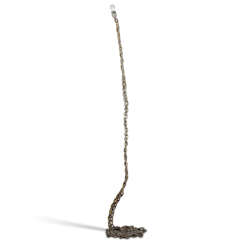

.jpg)


